 The opening of the Mass Timber Research Center at the University of Toronto marks a new milestone in sustainable architecture. …Its design interacts seamlessly with the terrain and natural light. Exposed timber structures and eco-friendly materials reduce the carbon footprint. …The Mass Timber Research Center is located at the heart of the Koffler Scientific Reserve. The building acts as the social and research hub, featuring expansive gathering spaces for hands-on learning. Its design draws inspiration from traditional barn architecture, with low roofs, large openings, and central courtyards that create a sense of openness and constant connection to nature. …The building features an exposed mass timber structure and natural wood façades, with high ceilings and clerestory windows allowing daylight penetration and natural ventilation. Materials were chosen to minimize carbon footprint while ensuring durability and aesthetic appeal.
The opening of the Mass Timber Research Center at the University of Toronto marks a new milestone in sustainable architecture. …Its design interacts seamlessly with the terrain and natural light. Exposed timber structures and eco-friendly materials reduce the carbon footprint. …The Mass Timber Research Center is located at the heart of the Koffler Scientific Reserve. The building acts as the social and research hub, featuring expansive gathering spaces for hands-on learning. Its design draws inspiration from traditional barn architecture, with low roofs, large openings, and central courtyards that create a sense of openness and constant connection to nature. …The building features an exposed mass timber structure and natural wood façades, with high ceilings and clerestory windows allowing daylight penetration and natural ventilation. Materials were chosen to minimize carbon footprint while ensuring durability and aesthetic appeal.

 Zoom Seminar | November 18| 11:30am – 1:00pm| This seminar helps leaders and teams learn to use artificial intelligence to enhance productivity, communication, and operational efficiency. Rather than replacing people, AI can act as a digital teammate, handling routine or repetitive work so humans can focus on creativity, decision-making, and critical thinking. Participants will explore practical ways to use AI tools like ChatGPT, Copilot, and others to streamline workflows in areas such as administration, project management, customer service, and content creation. You will learn: How AI tools like ChatGPT and Copilot work; common misconceptions; How to give clear, effective instructions to AI. Examples of strong vs. weak prompts; Examples of AI applications for administrative tasks, writing, and increasing productivity; and What to include in an internal AI-use framework: approved tools, privacy, and accountability. Safe and unsafe examples. $29 per person (you do not need to be a BC Wood member to participate – Limited to participants from Canada only)
Zoom Seminar | November 18| 11:30am – 1:00pm| This seminar helps leaders and teams learn to use artificial intelligence to enhance productivity, communication, and operational efficiency. Rather than replacing people, AI can act as a digital teammate, handling routine or repetitive work so humans can focus on creativity, decision-making, and critical thinking. Participants will explore practical ways to use AI tools like ChatGPT, Copilot, and others to streamline workflows in areas such as administration, project management, customer service, and content creation. You will learn: How AI tools like ChatGPT and Copilot work; common misconceptions; How to give clear, effective instructions to AI. Examples of strong vs. weak prompts; Examples of AI applications for administrative tasks, writing, and increasing productivity; and What to include in an internal AI-use framework: approved tools, privacy, and accountability. Safe and unsafe examples. $29 per person (you do not need to be a BC Wood member to participate – Limited to participants from Canada only)
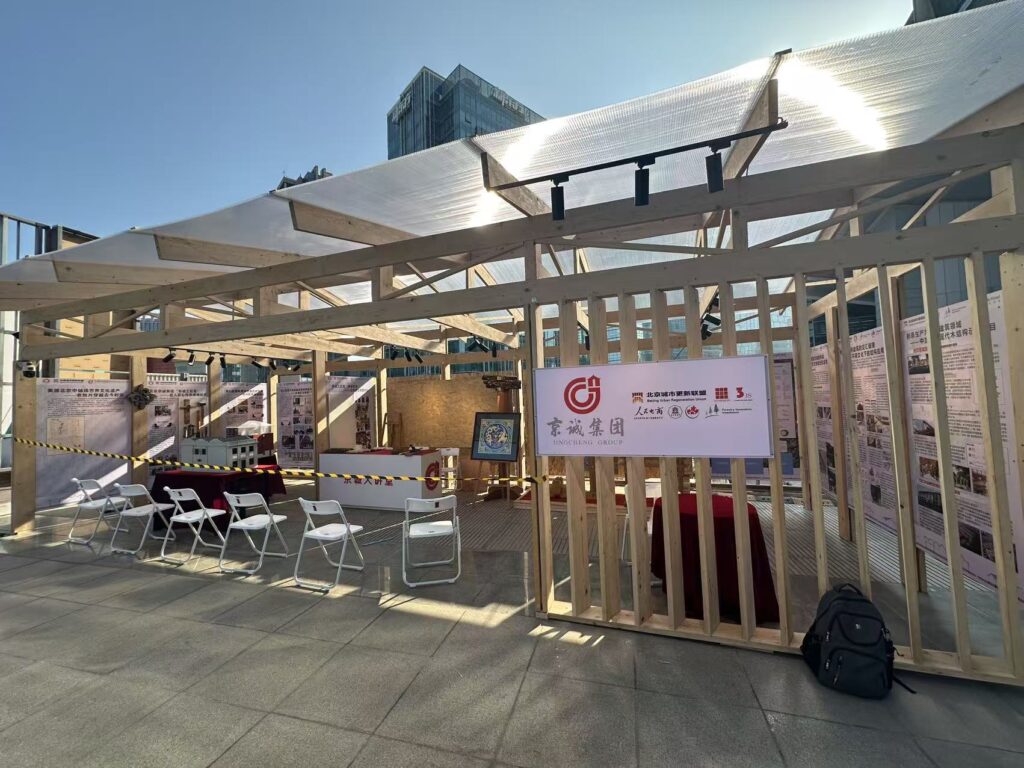
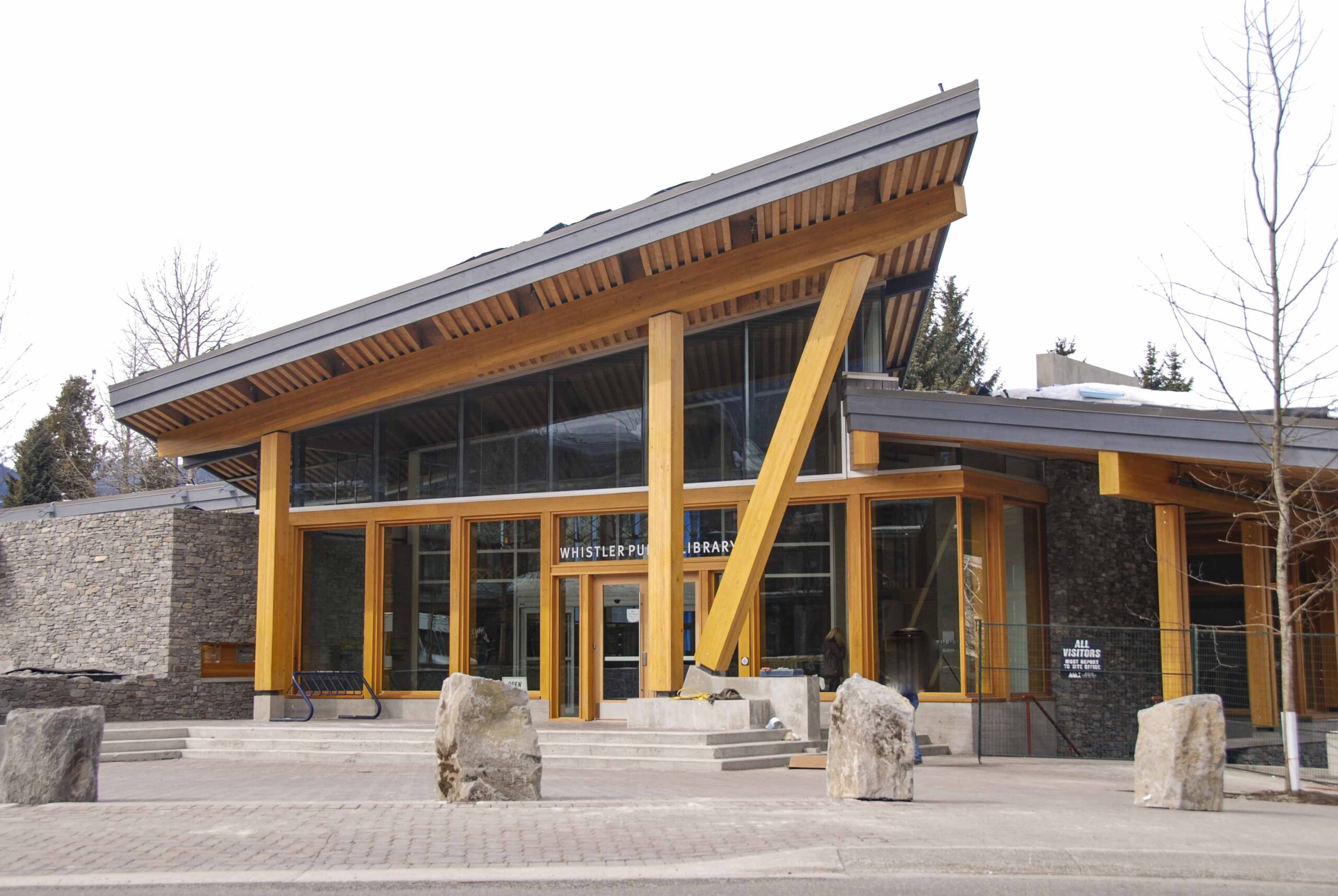 The audience of dedicated urbanists at Vancouver’s Robson Square Theatre was startled earlier this year when the first speaker at a debate about mass timber—which B.C. has been promoting vigorously—said it isn’t the for-sure climate-change silver bullet that everyone likes to think it is. Adam Rysanek, a UBC professor of environmental systems who specializes in energy efficiency, poked hard at the assumption that, because everyone thinks of mass timber as just wood—a plant! that comes out of the ground!—it must be natural and environmentally friendly and surely better than concrete. But Rysanek kept making the point at the Urbanarium debate that those ideas are not fully proven. A study he cited, which aimed to factor in all the uncertainties of carbon emissions in different types of building materials, found there is not a clear answer yet about the differences between mass timber and concrete.
The audience of dedicated urbanists at Vancouver’s Robson Square Theatre was startled earlier this year when the first speaker at a debate about mass timber—which B.C. has been promoting vigorously—said it isn’t the for-sure climate-change silver bullet that everyone likes to think it is. Adam Rysanek, a UBC professor of environmental systems who specializes in energy efficiency, poked hard at the assumption that, because everyone thinks of mass timber as just wood—a plant! that comes out of the ground!—it must be natural and environmentally friendly and surely better than concrete. But Rysanek kept making the point at the Urbanarium debate that those ideas are not fully proven. A study he cited, which aimed to factor in all the uncertainties of carbon emissions in different types of building materials, found there is not a clear answer yet about the differences between mass timber and concrete.










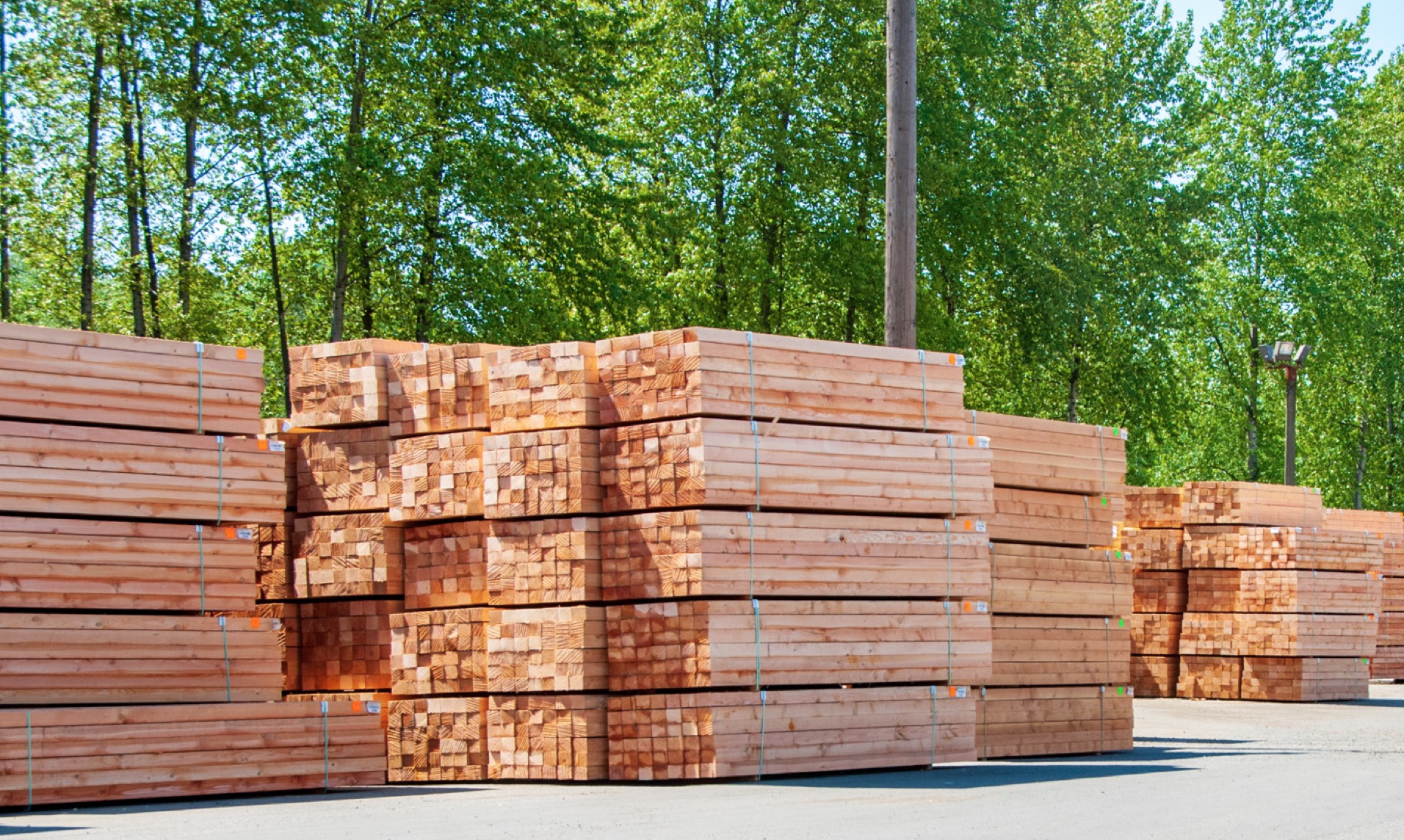 A technique used for the long-term preservation of human and animal remains is now being tested on Western red cedar. Plastination, originally designed to embalm the dead, is now being used to improve the functionality and durability of advanced composite materials. A team from UBC Okanagan’s School of Engineering has been experimenting with the technique and published a study that examined the
A technique used for the long-term preservation of human and animal remains is now being tested on Western red cedar. Plastination, originally designed to embalm the dead, is now being used to improve the functionality and durability of advanced composite materials. A team from UBC Okanagan’s School of Engineering has been experimenting with the technique and published a study that examined the 
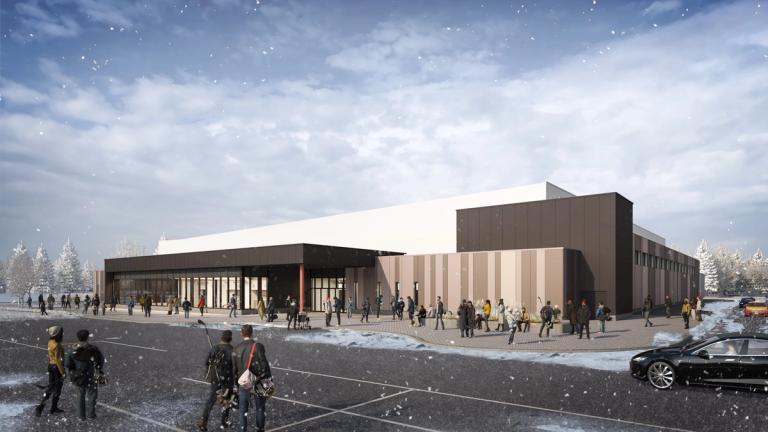

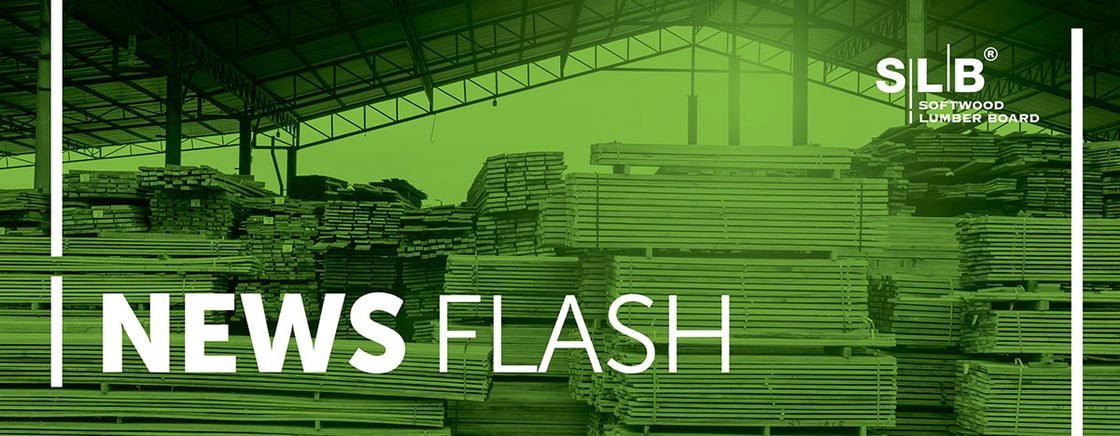

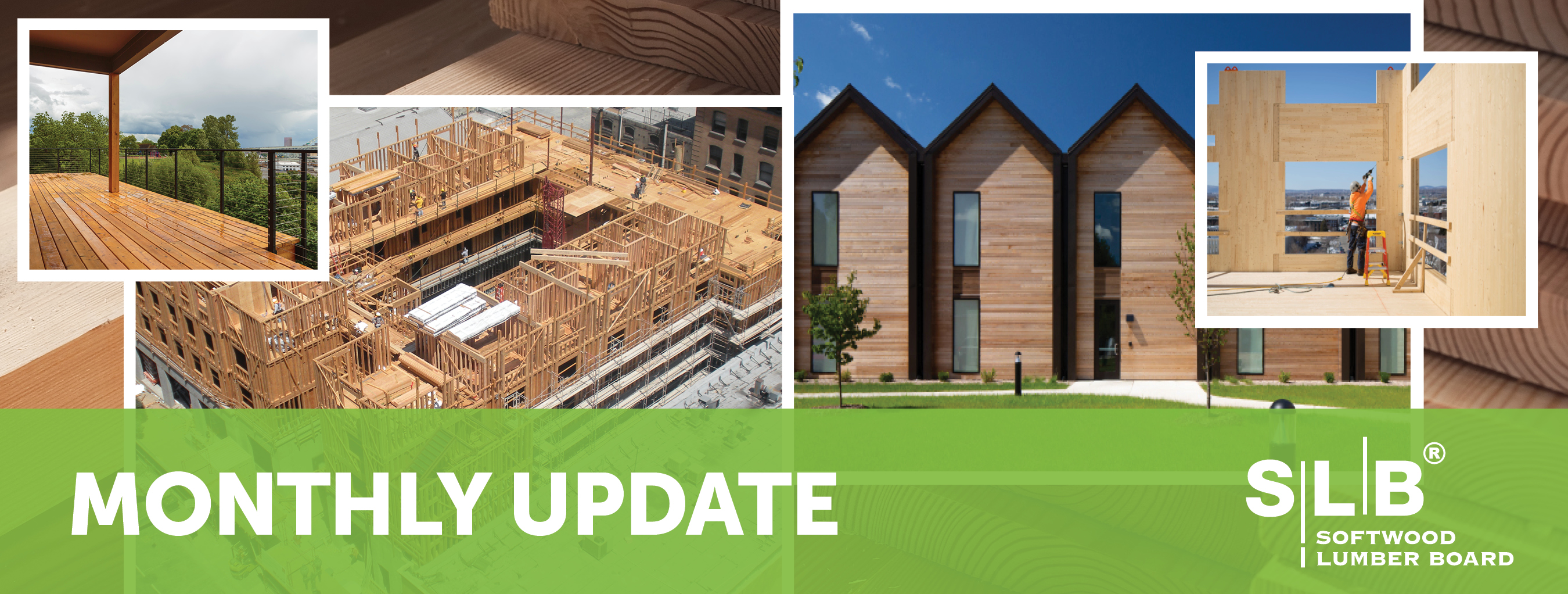
 SALT LAKE CITY — Homeowners in high wildfire risk areas should soon expect home assessments and a new fee. HB48 Wildland Urban Interface Modifications requires the Utah Division of Forestry, Fire and State Lands to draw a high wildfire risk boundary across the state. The division will inspect homes within the boundary for fire risk, and property owners will pay a fee based on their risk and square footage, which will cover the cost of the program and lot assessments. State Wildfire Risk Reductions Programs Manager Joseph Anderson said the assessments will focus on the vegetation surrounding the home and the materials used in the structure. “The goal is to remove any vegetation or anything that could catch an ember and allow that ember to burn and catch the structure on fire,” Anderson said. The bill comes after catastrophic wildfires across the West, like the California Eaton Fire from January 2025.
SALT LAKE CITY — Homeowners in high wildfire risk areas should soon expect home assessments and a new fee. HB48 Wildland Urban Interface Modifications requires the Utah Division of Forestry, Fire and State Lands to draw a high wildfire risk boundary across the state. The division will inspect homes within the boundary for fire risk, and property owners will pay a fee based on their risk and square footage, which will cover the cost of the program and lot assessments. State Wildfire Risk Reductions Programs Manager Joseph Anderson said the assessments will focus on the vegetation surrounding the home and the materials used in the structure. “The goal is to remove any vegetation or anything that could catch an ember and allow that ember to burn and catch the structure on fire,” Anderson said. The bill comes after catastrophic wildfires across the West, like the California Eaton Fire from January 2025. 
 REDDING, Calif. – A groundbreaking effort is underway in Redding where
REDDING, Calif. – A groundbreaking effort is underway in Redding where 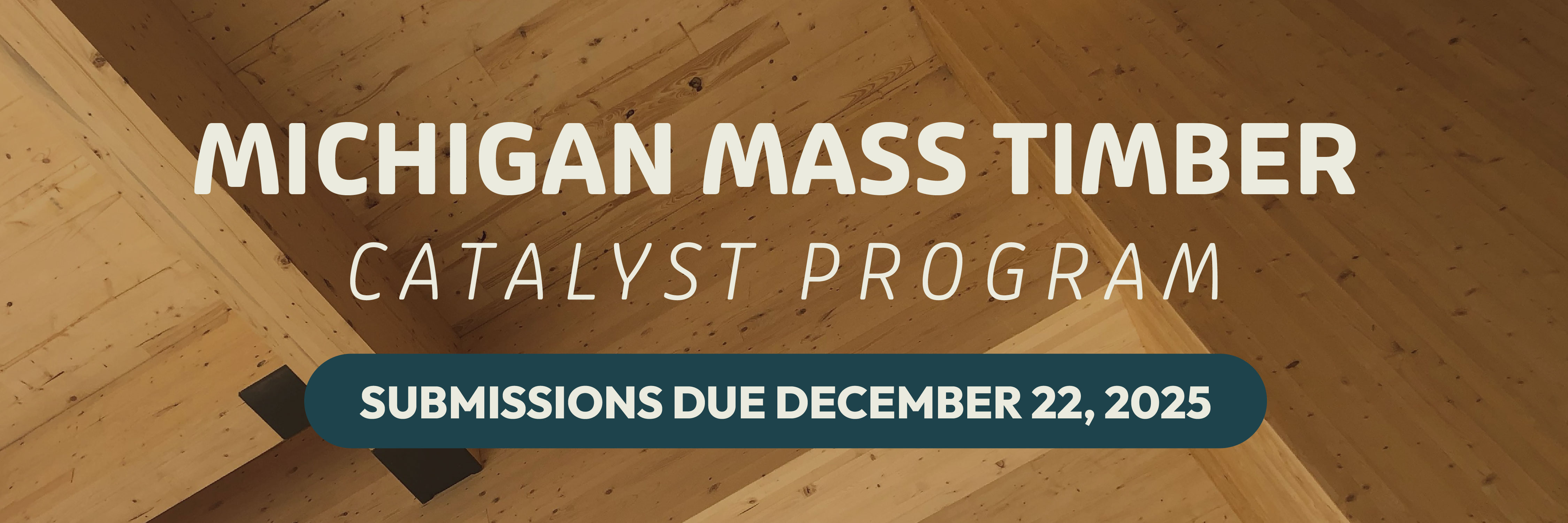

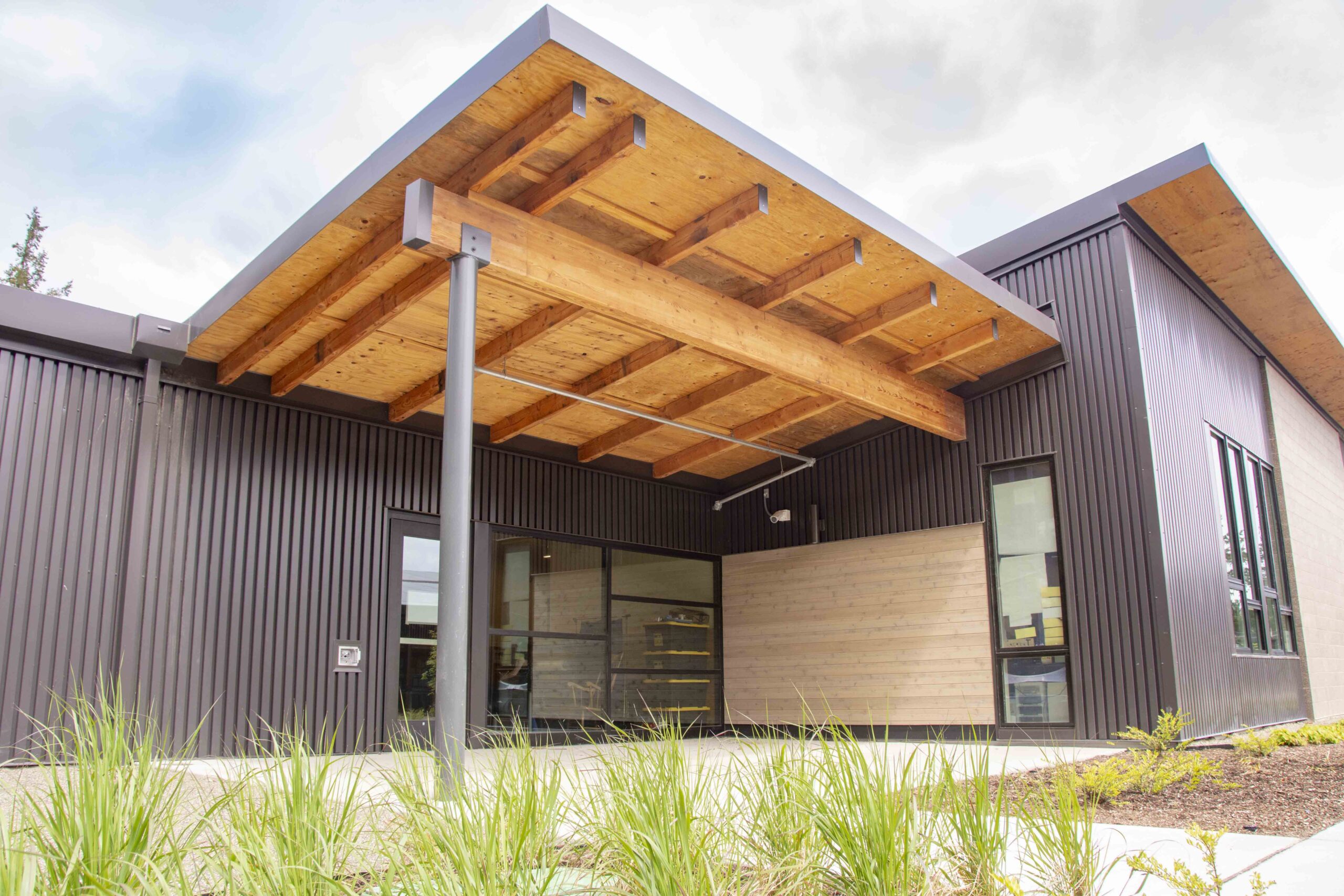 Michigan is the latest state to launch an initiative aimed at accelerating mass timber construction. The new Michigan Mass Timber Catalyst Program will provide cash awards ranging from $25,000 to $75,000, along with technical assistance and peer-learning opportunities, to encourage the use of engineered wood in new buildings. Although mass timber products are not yet manufactured in Michigan, interest in the material is growing rapidly. …The Catalyst program, produced collaboratively by the Michigan DNR, MassTimber@MSU, the Michigan Green Building Collaborative, and WoodWorks, will support early-stage projects that use mass timber as a primary structural or architectural material. …Awarded teams will join a cohort led by MassTimber@MSU and Woodworks to work through design, procurement, cost estimation, and code approval challenges. …In New York City, the NYCEDC’s Mass Timber Studio offers $25,000 Grants and technical support for early-stage projects…. In the Southeast, the Georgia Mass Timber Accelerator… provides funding and technical assistance to teams exploring timber-based design solutions.
Michigan is the latest state to launch an initiative aimed at accelerating mass timber construction. The new Michigan Mass Timber Catalyst Program will provide cash awards ranging from $25,000 to $75,000, along with technical assistance and peer-learning opportunities, to encourage the use of engineered wood in new buildings. Although mass timber products are not yet manufactured in Michigan, interest in the material is growing rapidly. …The Catalyst program, produced collaboratively by the Michigan DNR, MassTimber@MSU, the Michigan Green Building Collaborative, and WoodWorks, will support early-stage projects that use mass timber as a primary structural or architectural material. …Awarded teams will join a cohort led by MassTimber@MSU and Woodworks to work through design, procurement, cost estimation, and code approval challenges. …In New York City, the NYCEDC’s Mass Timber Studio offers $25,000 Grants and technical support for early-stage projects…. In the Southeast, the Georgia Mass Timber Accelerator… provides funding and technical assistance to teams exploring timber-based design solutions. Chinese tissue paper made from bamboo has emerged as a trendy choice for eco-friendly shoppers. However, new research suggests these bamboo paper products may not offer significant climate benefits over tissue produced in the United States and, in some cases, may be more detrimental to the environment. North Carolina State University researchers compared the carbon footprint of bamboo tissue paper manufactured in China with that of conventional tissue paper manufactured in the U.S. and Canada. They found that… the fossil fuel-heavy power grid in China led to significant increases in emissions compared with cleaner fuel sources used in North America. “As far as emissions go, the technology used to create hygiene tissue paper is far more important than the type of fiber it’s made from,” said Naycari Forfora, lead author of the study…. “Because the Chinese power grid is so reliant on coal for power, emissions … are higher than the wood-based option.”
Chinese tissue paper made from bamboo has emerged as a trendy choice for eco-friendly shoppers. However, new research suggests these bamboo paper products may not offer significant climate benefits over tissue produced in the United States and, in some cases, may be more detrimental to the environment. North Carolina State University researchers compared the carbon footprint of bamboo tissue paper manufactured in China with that of conventional tissue paper manufactured in the U.S. and Canada. They found that… the fossil fuel-heavy power grid in China led to significant increases in emissions compared with cleaner fuel sources used in North America. “As far as emissions go, the technology used to create hygiene tissue paper is far more important than the type of fiber it’s made from,” said Naycari Forfora, lead author of the study…. “Because the Chinese power grid is so reliant on coal for power, emissions … are higher than the wood-based option.”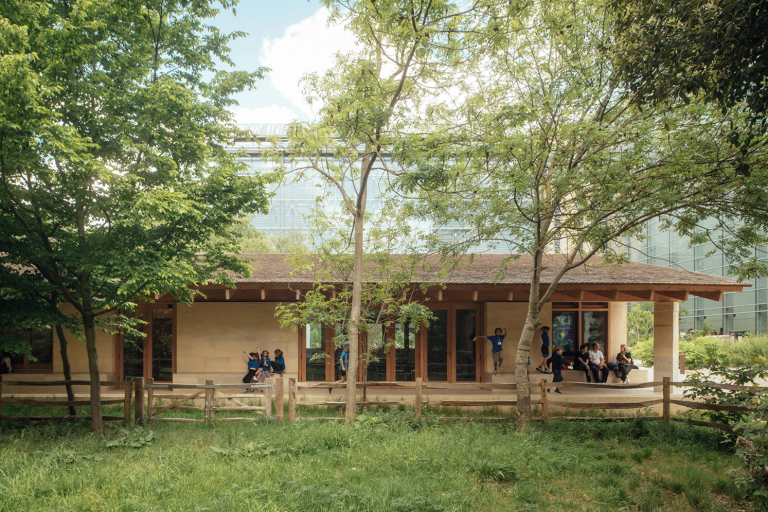
 Futamura, a Japanese manufacturer of cellulose films and packaging products, has announced a solution to help reduce the quantities of microplastics generated from glitter products. Microplastics are defined as plastic particles less than 5mm in size, which can be either intentionally manufactured at that size (primary microplastics) or created when larger plastic items break down (secondary microplastics). Glitter has been particularly criticised in recent years for its contribution to microplastic pollution in oceans and soil. According to Futamura, biodegradable glitter can be created from its NatureFlex materials [wood pulp], which will safely degrade in the environment it was disposed of after use without producing harmful microplastics. …Currently, glitter based on conventional plastics can still be sold into cosmetic applications due to a transition period granted under the EU’s Microplastics Regulation. However, once this period ends cosmetic applications will also be banned.
Futamura, a Japanese manufacturer of cellulose films and packaging products, has announced a solution to help reduce the quantities of microplastics generated from glitter products. Microplastics are defined as plastic particles less than 5mm in size, which can be either intentionally manufactured at that size (primary microplastics) or created when larger plastic items break down (secondary microplastics). Glitter has been particularly criticised in recent years for its contribution to microplastic pollution in oceans and soil. According to Futamura, biodegradable glitter can be created from its NatureFlex materials [wood pulp], which will safely degrade in the environment it was disposed of after use without producing harmful microplastics. …Currently, glitter based on conventional plastics can still be sold into cosmetic applications due to a transition period granted under the EU’s Microplastics Regulation. However, once this period ends cosmetic applications will also be banned.




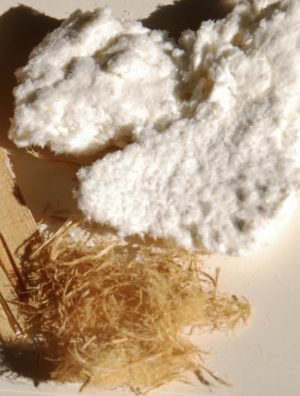 Understanding the differences between lyocell vs cotton becomes crucial when choosing sustainable, comfortable fabrics for your wardrobe and home. Over 68% of US consumers now prioritize eco-friendly textiles in their purchasing decisions, yet many remain confused about lyocell’s advantages over traditional cotton. This comprehensive guide reveals the exact properties, environmental impact, and performance characteristics that distinguish these two popular fabrics in 2025. …Lyocell is a regenerated cellulose fiber made from wood pulp through an innovative closed-loop manufacturing process that recovers over 99% of solvents used in production. …The choice between lyocell vs cotton depends on your priorities: sustainability goals, budget constraints, specific use applications, and care preferences. Neither fiber is universally superior—each excels in different scenarios. Choose lyocell if you prioritize: environmental sustainability, moisture-wicking performance, luxury feel, and durability. …Our sustainability analysis shows lyocell winning decisively with 78% less water usage, no pesticide requirements, and complete biodegradability.
Understanding the differences between lyocell vs cotton becomes crucial when choosing sustainable, comfortable fabrics for your wardrobe and home. Over 68% of US consumers now prioritize eco-friendly textiles in their purchasing decisions, yet many remain confused about lyocell’s advantages over traditional cotton. This comprehensive guide reveals the exact properties, environmental impact, and performance characteristics that distinguish these two popular fabrics in 2025. …Lyocell is a regenerated cellulose fiber made from wood pulp through an innovative closed-loop manufacturing process that recovers over 99% of solvents used in production. …The choice between lyocell vs cotton depends on your priorities: sustainability goals, budget constraints, specific use applications, and care preferences. Neither fiber is universally superior—each excels in different scenarios. Choose lyocell if you prioritize: environmental sustainability, moisture-wicking performance, luxury feel, and durability. …Our sustainability analysis shows lyocell winning decisively with 78% less water usage, no pesticide requirements, and complete biodegradability.